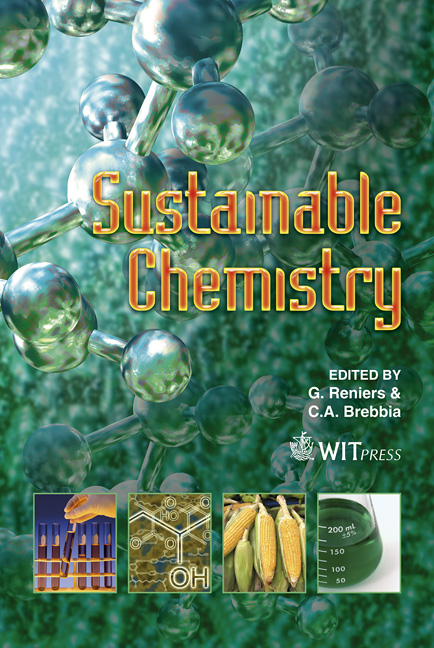Study Of Bisphenol A In Sanitary Landfill Soil
Price
Free (open access)
Transaction
Volume
154
Pages
7
Page Range
225 - 231
Published
2011
Size
691 kb
Paper DOI
10.2495/CHEM110211
Copyright
WIT Press
Author(s)
N. C. Vieceli, E. R. Lovatel, E. M. Cardoso & I. N. Filho
Abstract
The purpose of this work was the quantitative analysis of bisphenol A (BPA), in soil of two sanitary landfills in Caxias do Sul and Farroupilha, RS-Brazil. The samples were collected from closed cells and extracted by Soxhlet. The organic extracts were analyzed by Gas Chromatography with Flame Ionization Detector (GC/FID) and BPA was quantified by the internal normalization method. Standard bisphenol A (Sigma-Aldrich, 99.00%) was used for qualitative and quantitative analysis. The average concentration of BPA was of 21.30 (0.61) μg g-1 of soil. The BPA concentration found in this work is much higher than the others reported in the literature. This result is worrying because there is a suspicion that bisphenol A disrupts the endocrine system. Keywords: bisphenol A, sanitary landfill, gas chromatography. 1 Introduction Around 15% (in volume) of the municipal solid wastes buried in both municipal landfills are polymeric materials. Depending on certain soil conditions, like humidity and pH, these polymeric materials can release a relatively high quantity of organic compounds with toxicological potential called plasticizers. Plasticizers are organic esters added to polymers to facilitate processing and to increase flexibility and toughness of the final product by internal modification of the polymer molecule. Due to their use in packaging, clothes, films, paints, adhesives, cosmetics, ink printers and many other products, plasticizers compounds are widespread in all environments. Several plasticizers were detected in mineral, ultra pure and tap waters [1], municipal solid waste compost
Keywords
bisphenol A, sanitary landfill, gas chromatography





